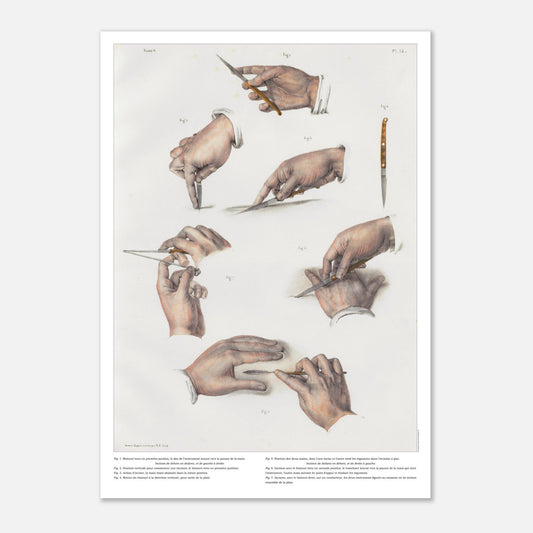Surgical anatomy chart - Position of scalpel and scissors, incision techniques
Surgical anatomy chart - Position of scalpel and scissors, incision techniques
Couldn't load pickup availability
Reproduction of the Anatomical Chart – Scalpels and Scissors: Incision Techniques
This reproduction of a historical plate from Bourgery and Bernard's famous Traité complet de l'anatomie de l'homme (Complete Treatise on Human Anatomy) (1866-1871) presents a set of precise positions for manipulating scalpels and scissors during surgical incisions. Each gesture is rigorously captured, illustrating the essential techniques for mastering cutting instruments in surgery. From the initial position of the scalpel to the incision on a conductor, this engraving is a true lesson in anatomical precision, offering insight into the methods used at the time for delicate operations.
Beyond its scientific interest, this plate demonstrates the artistic talent of the engravers of the period. The meticulous details and precise proportions of the human hand in action reveal exceptional artistic skill. The clean aesthetic of the illustration blends with the functionality of the surgical gestures, creating a fascinating balance between science and art. This juxtaposition is typical of the great scientific works of the 19th century, where visual beauty played a role in the transmission of medical knowledge.
Perfect for any medical history enthusiast or to enhance a professional office, this reproduction is both educational and decorative. Carefully printed on quality paper, it faithfully respects the details of the original, capturing the essence of this era when operative medicine was flourishing.
Illustration caption:
Fig. 1. Scalpel held in first position, the back of the instrument facing the palm of the hand.
Incision from outside to inside, and from left to right.
Fig. 2. Vertical position for starting an incision, with the scalpel held in the first position.
Fig. 3. Action of cutting, the hand being lowered in the same position.
Fig. 4. Returning the scalpel to the vertical direction, to exit the wound.
Fig. 5. Position of both hands, one of which cuts and the other stretches the integuments in the flat incision.
Incision from inside to outside, and from right to left.
Fig. 6. Incision with the scalpel held in second position, the cutting edge facing the palm of the hand holding the instrument, the other hand serving as a support point and stretching the skin.
Fig. 7. Incision, with the straight scalpel, on a conductor, the two instruments shown at the moment when they come out together from the wound.
About this print
About this print
The layout and composition of this reproduction have been the subject of our greatest attention.
- Respect for the format of the original work: in order to faithfully transcribe the artist's intention, the work is not cropped/re-cut except in extreme cases (obvious imperfection, geometry problem, etc.) in which case the cropping will be as light as possible.
- The presence of white margins is sometimes necessary in order to present the work in a balanced manner.
- Each size offered has been specifically composed, therefore, the size of the white margins may vary from one print size to another. Remember to check this detail carefully!
- Print only, frame not included!
Features
Features
- Premium 200gsm matte white paper, durable and strong.
- Natural, smooth uncoated finish, silky to the touch
- FSC certified paper or equivalent certifications depending on regional availability.
- Each print is shipped in sturdy packaging, ensuring safe transport.
- Each print is printed and shipped on demand. No minimum order quantity is required.
Share !
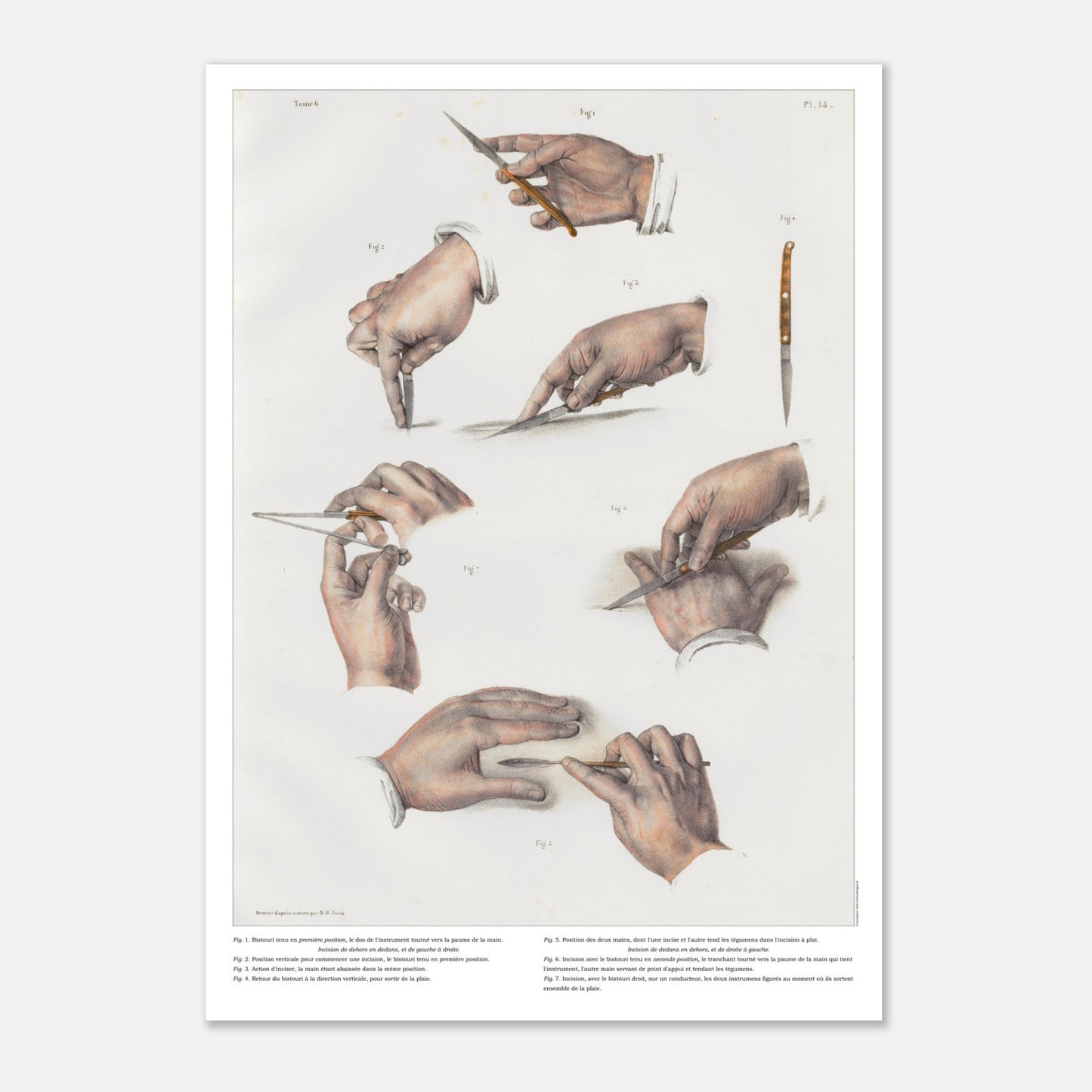
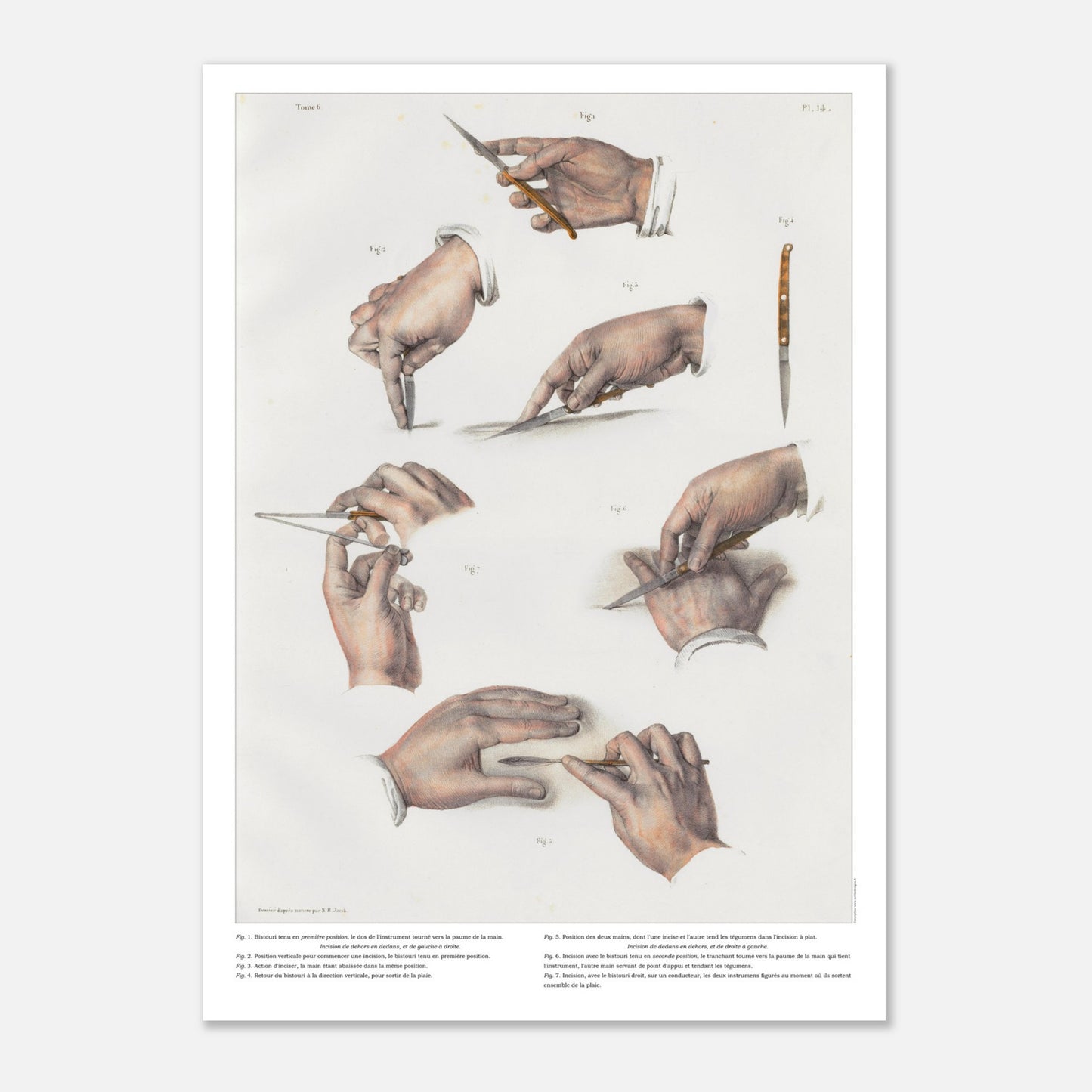
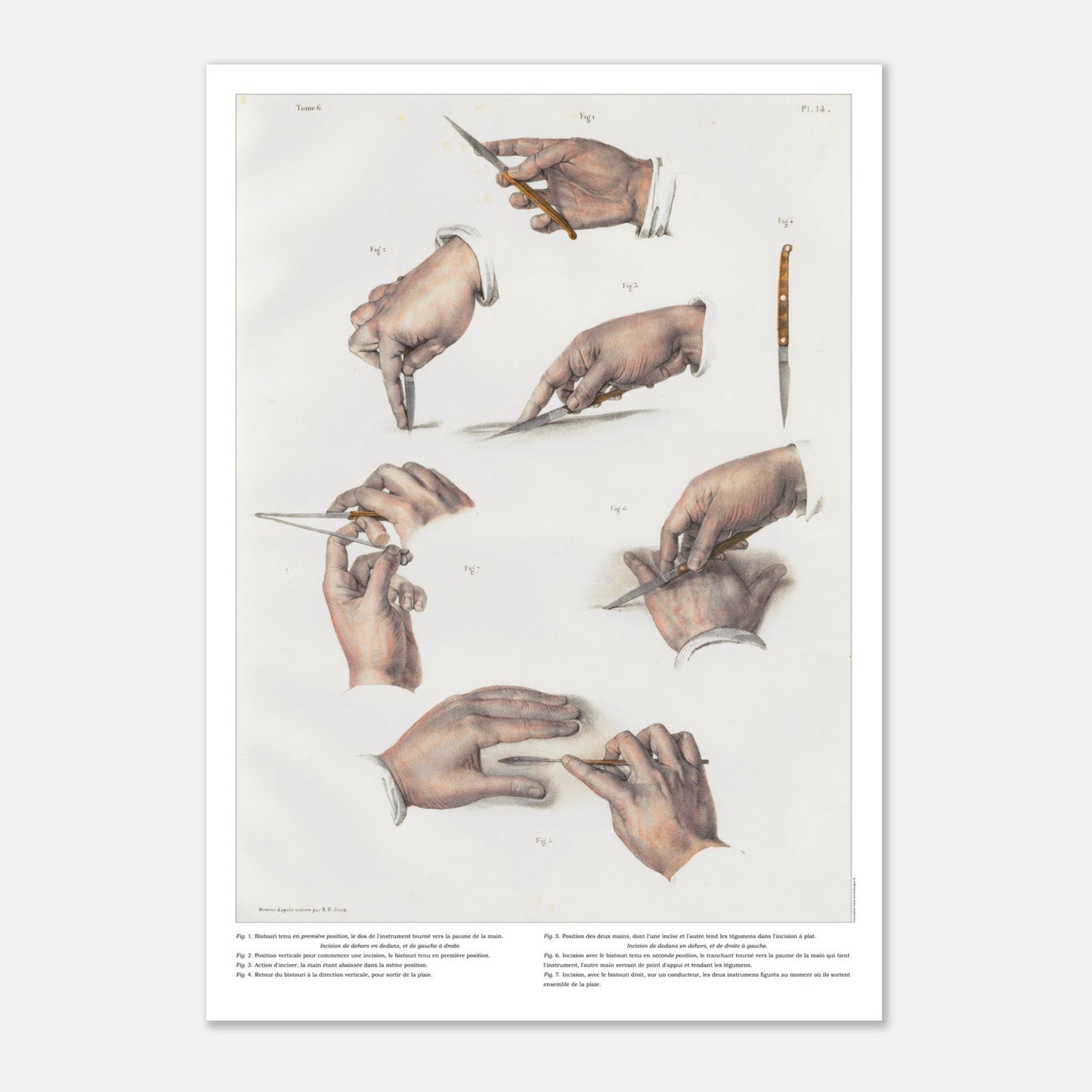
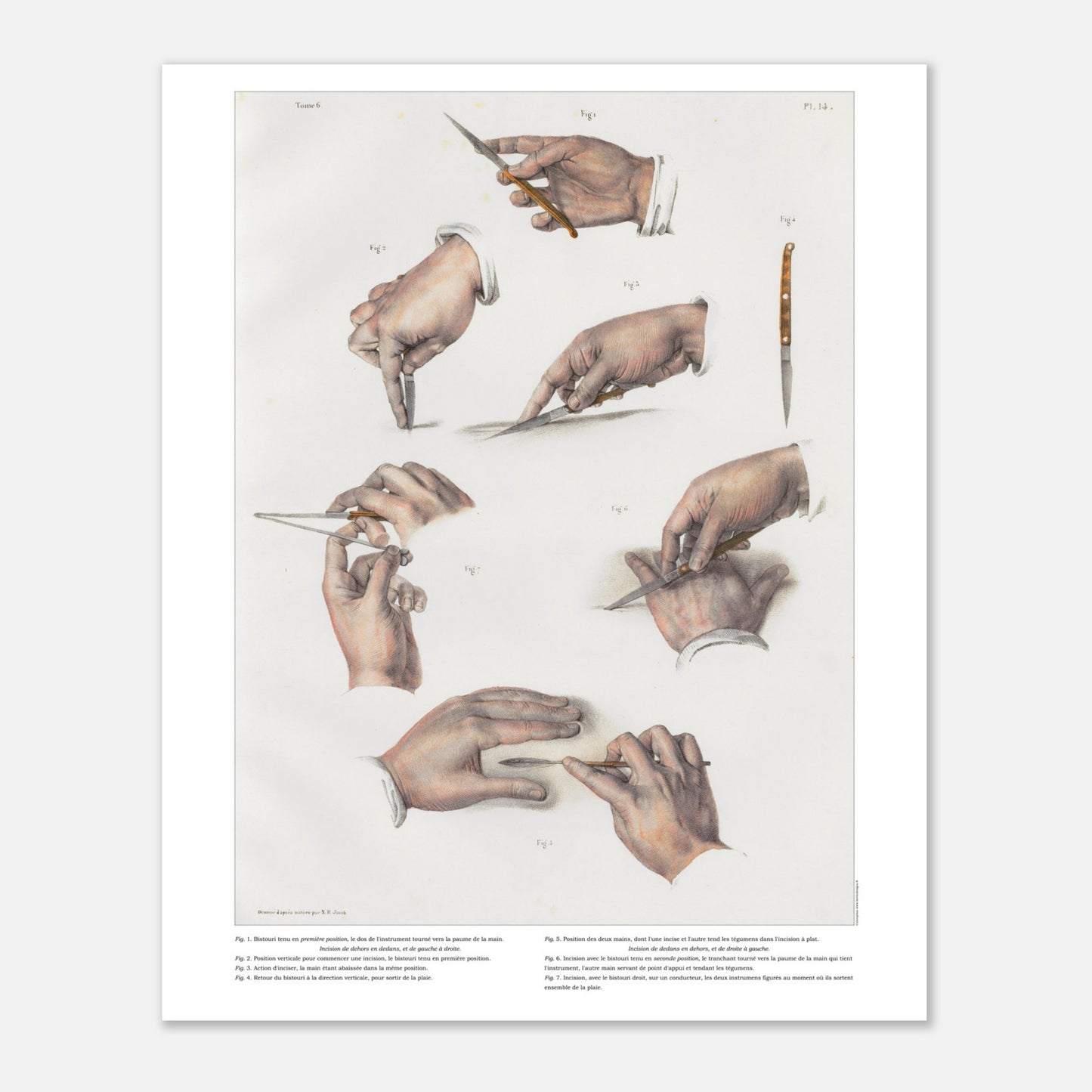
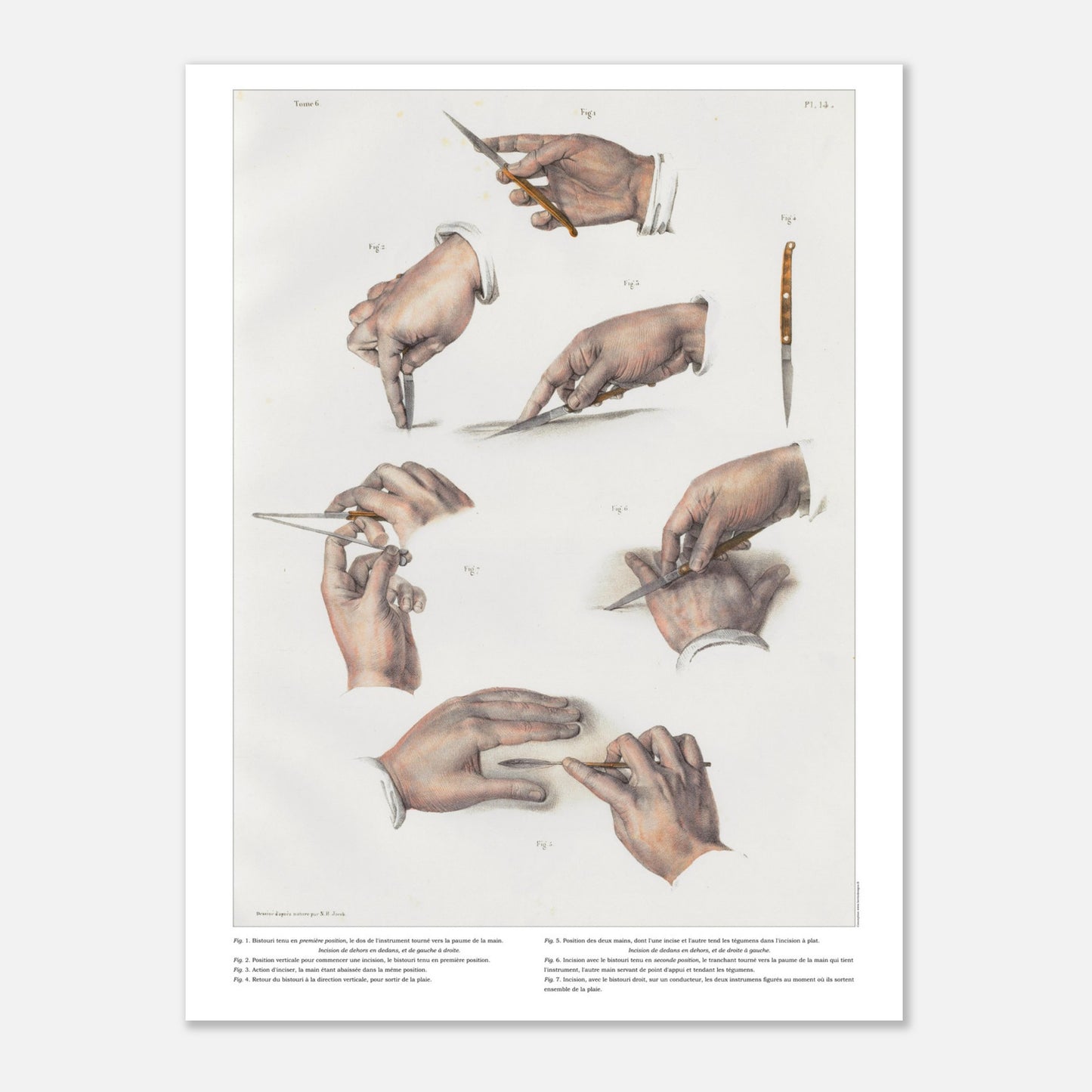
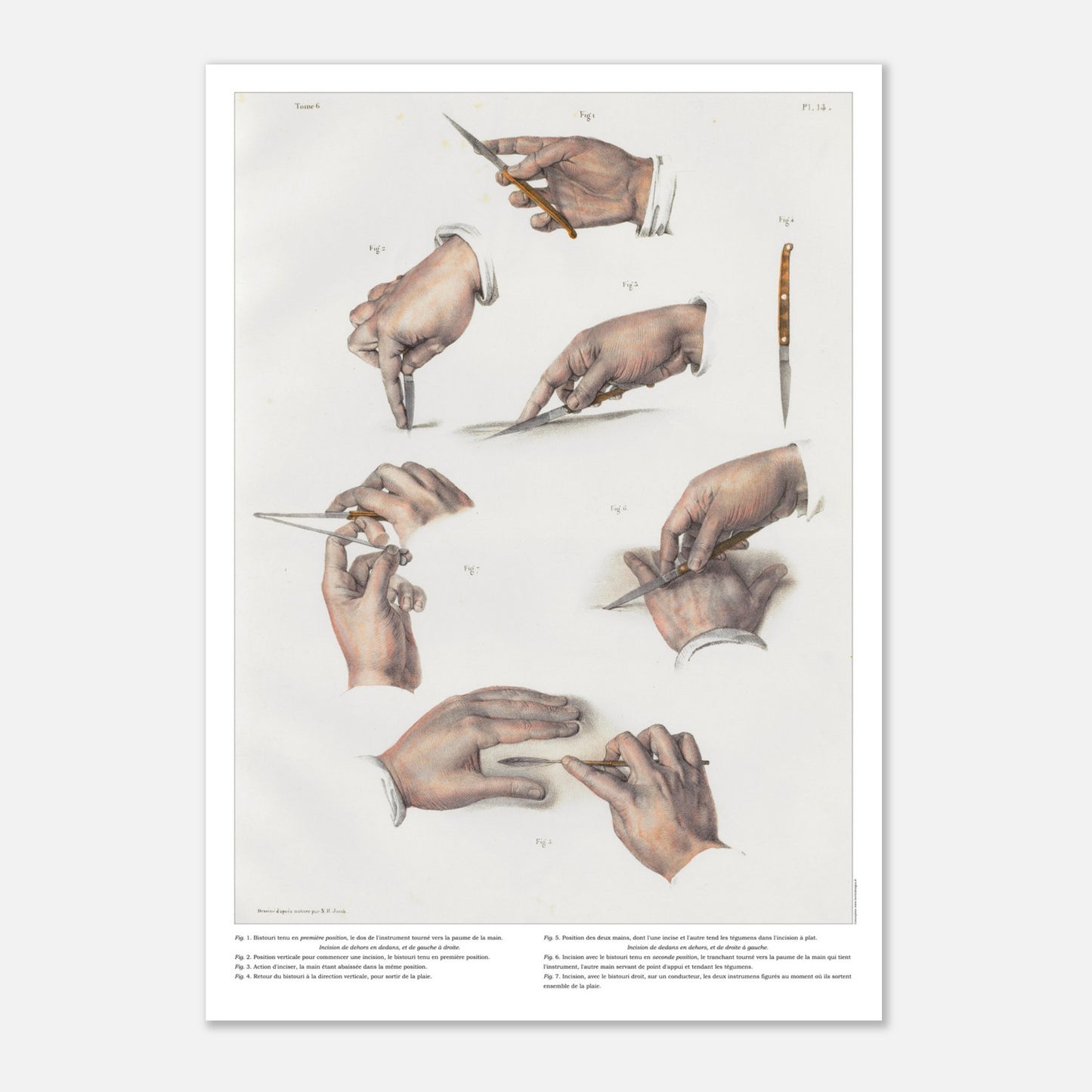
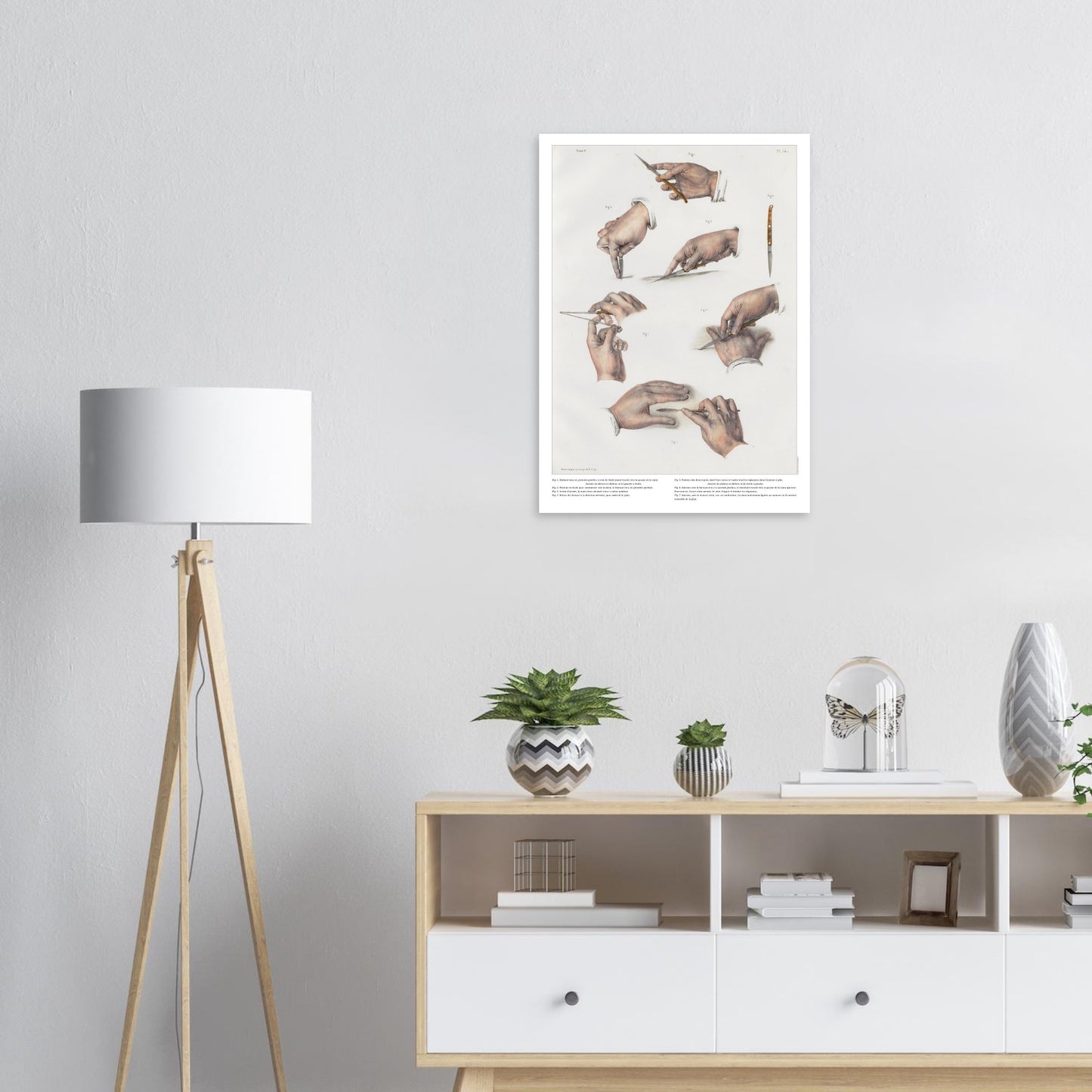
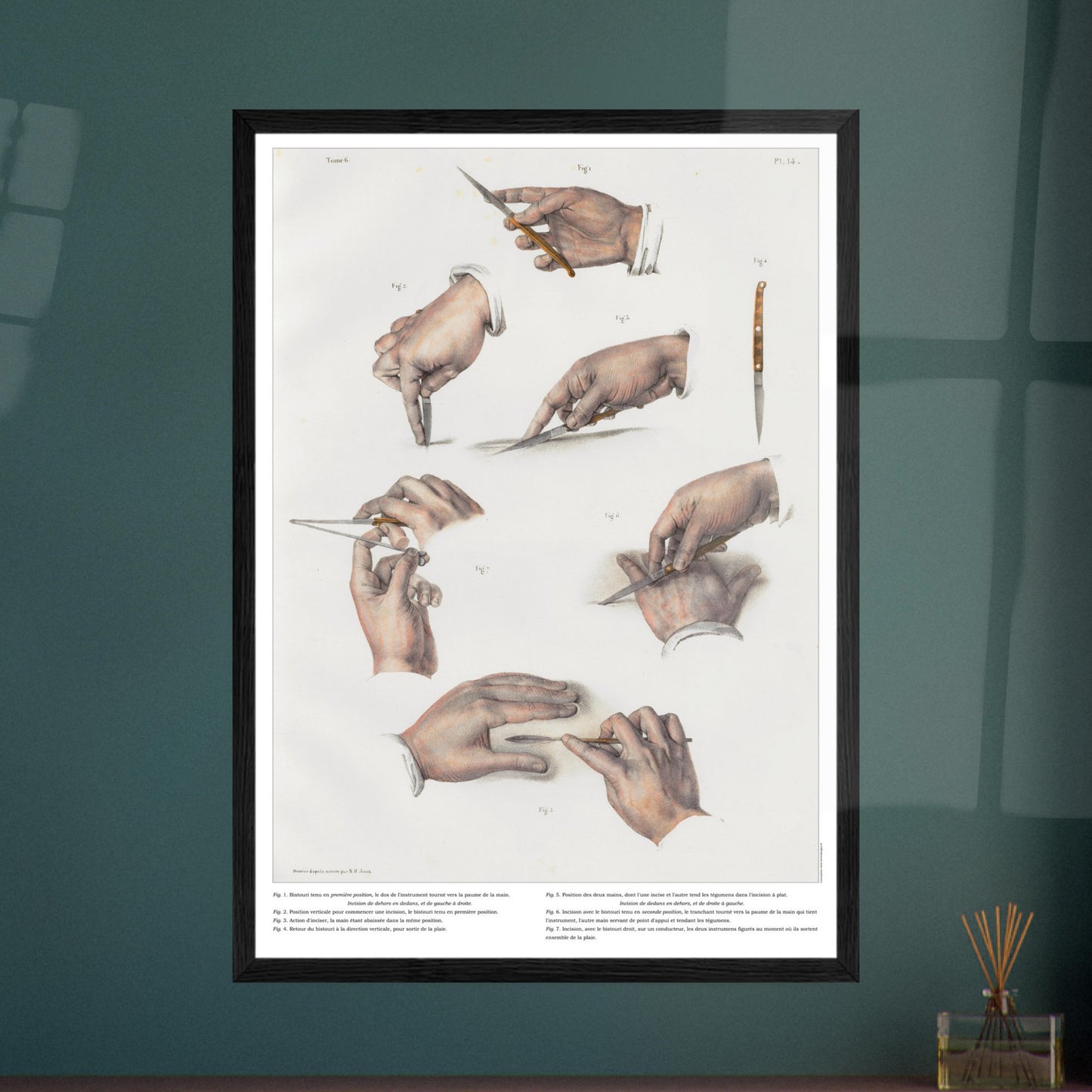
We are listening to you
If you are looking for a specific composition, a particular layout, or any other customization need, our team is at your disposal and will do everything possible to meet your requests.
So don't hesitate to...





